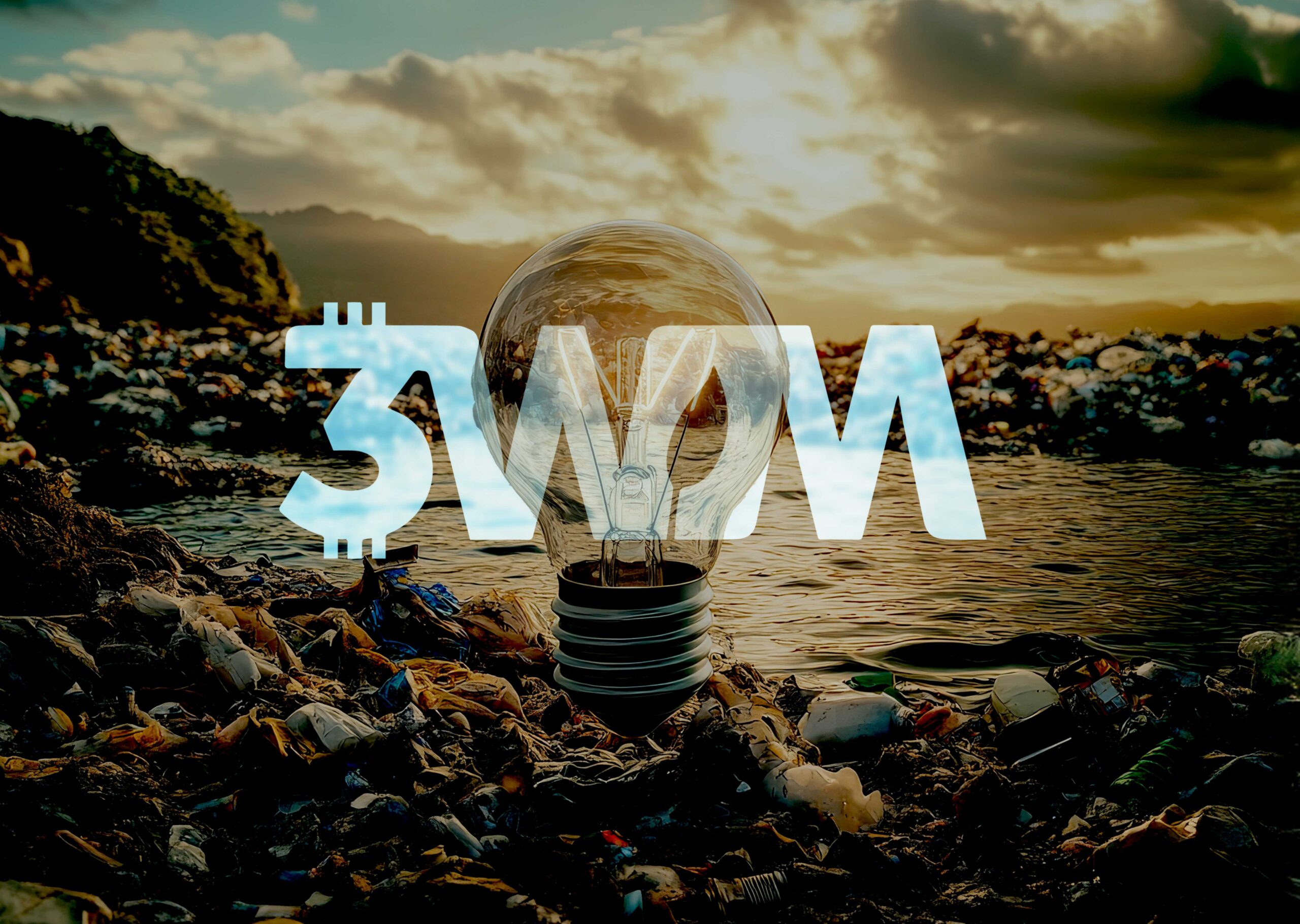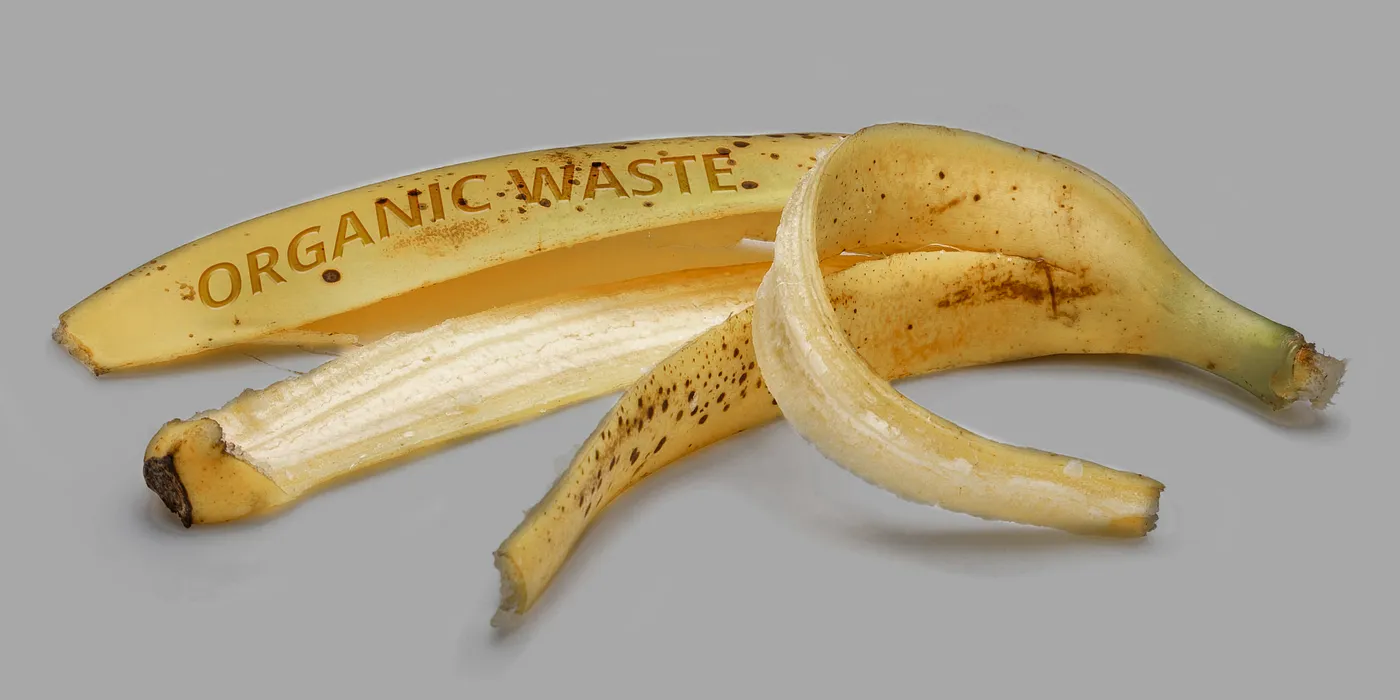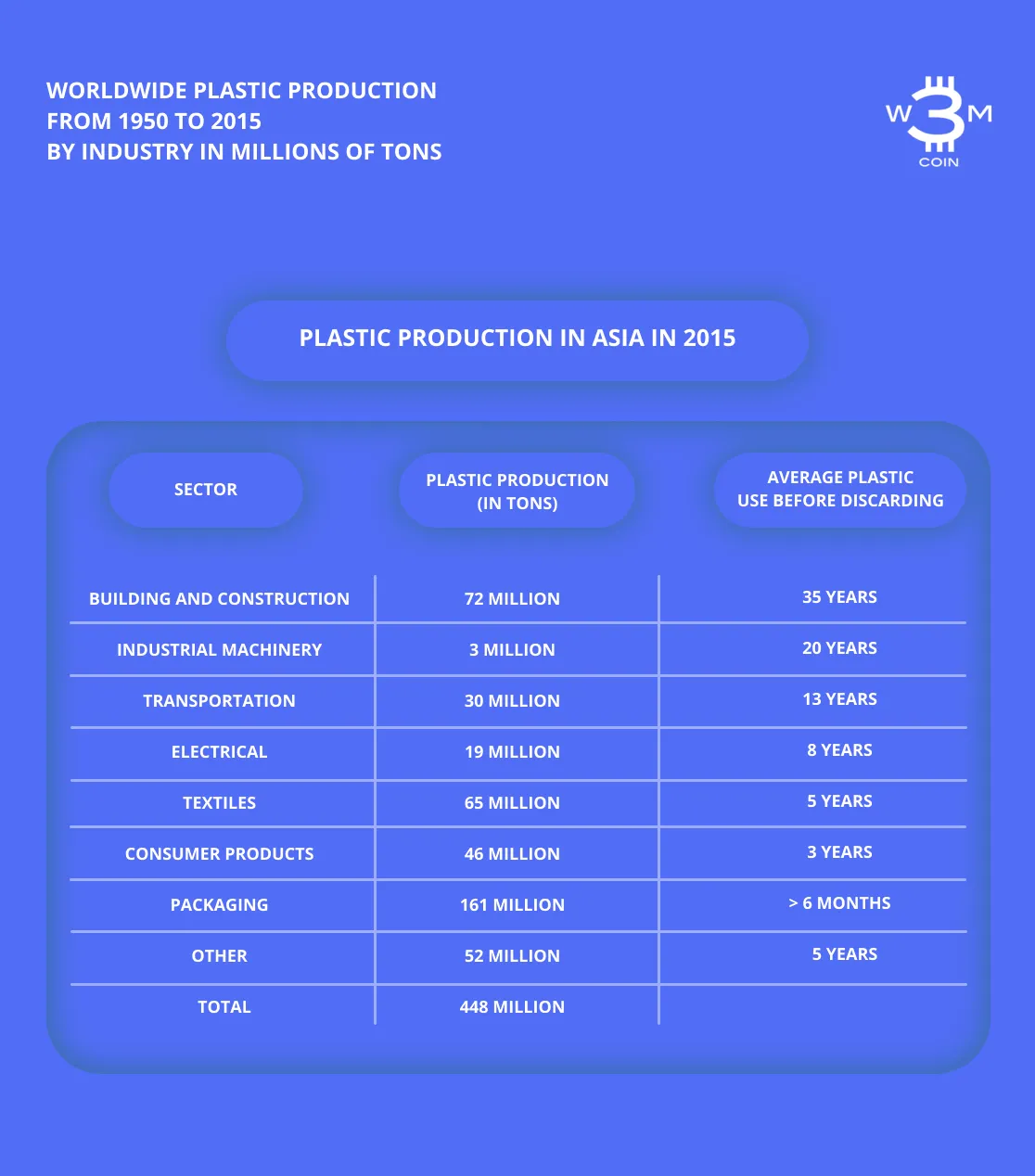Waste-to-Bioenergy Process for Renewable Energy
Waste-to-Bioenergy Process 🌱
🌍 About the Bioenergy Process
The bioenergy process turns waste into renewable energy like biogas and electricity. Moreover, it helps reduce landfill waste and supports sustainability efforts worldwide.

🔍 Key Steps in the Bioenergy Process
- Sorting Materials: Infrared and X-ray technologies sort plastics, paper, and wood. Additionally, they ensure maximum efficiency in the waste management process.
- Processing Organic Waste: Anaerobic digestion turns organic waste into biogas and biodiesel. Furthermore, this step helps to minimize methane emissions.
- Managing Medical Waste: Medical waste is treated and turned into reusable materials.

🚀 Benefits of the Bioenergy Process 💡
- Reduces landfill waste.
- Produces renewable energy like electricity, biogas, and biodiesel.
- Moreover, this method helps lower carbon emissions and contributes to sustainability.

📈 Economic Impact of Bioenergy 💼
The bioenergy process not only reduces waste but also brings economic benefits. For example, countries adopting bioenergy solutions have lowered energy costs and created new jobs in green technology.
📈 Future of Bioenergy 🌟
As technology advances, bioenergy will become more efficient. In addition, new methods will be developed to extract energy from currently untapped resources, contributing to a greener future.
For more details about the bioenergy process, visit our article on Medium: 3WM Waste-to-Bioenergy Process.
Discover more about our GreenTech solutions and how they drive innovation in bioenergy.
